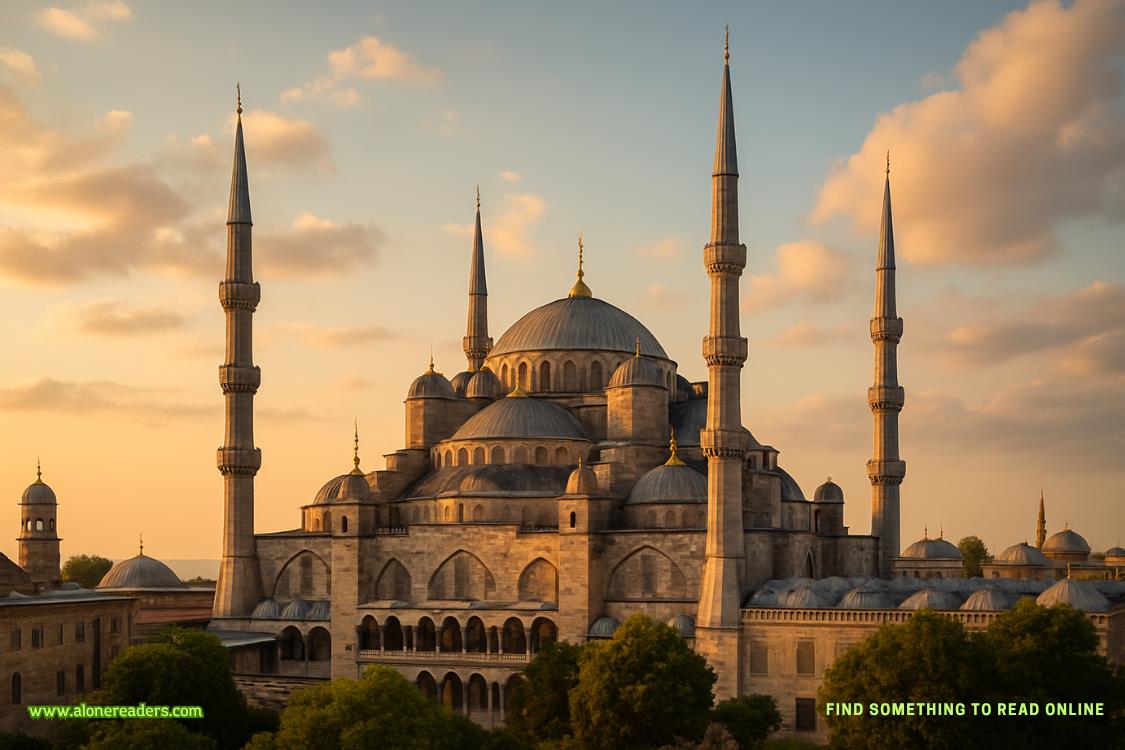“I’m afraid so.”
“Thirty minutes, boss.”
“And not a minute more,” promised Gabriel.
“And if you’re late?”
“It means I’ve been kidnapped by a Russian exfiltration team and taken to Moscow for trial and imprisonment.” He smiled in spite of himself. “I wouldn’t hold out much hope for my survival.”
“You sure you don’t want some company?”
Without another word, Gabriel climbed into the car. A few minutes later he was racing past the large, tan colonial house on the corner of Nebraska Avenue and Forty-Second Street. In his thoughts he saw a desperate man climbing into a very old automobile, clutching a paper sack. The man was Kim Philby. And in the sack was a miniature KGB camera, several rolls of film, and a hand trowel.
78
Bethesda, Maryland
The two Russians in the van were called Petrov and Zelenko. Petrov was from the Washingtonrezidentura, but Zelenko had made a crash trip down from Manhattan the previous night after Sasha had opened the bolt-hole. Both operatives had logged extensive prior experience in English-speaking countries before being assigned to America, which was still the SVR’s “main adversary” and therefore the big leagues. Petrov had worked in Australia and New Zealand; Zelenko, in Britain and Canada. Zelenko was the larger of the two men and held black belts in three different martial arts disciplines. Petrov was good with a gun. Neither man intended to allow anything to happen to their precious cargo. To deliver both a mole and an illegal safely to Moscow would make them legends. To fail was unthinkable. Indeed, they had both agreed it would be better to die in America than return empty-handed to Yasenevo.
The van was a Chevrolet Express Cargo, owned by a Northern Virginia–based contracting company, which was in turn owned by a Ukrainian-born asset of Moscow Center. The plan was to drive south on I-95 to Florence, South Carolina, where they would acquire a second clean vehicle for the rest of the trip to South Florida. Moscow Center had access to numerous safe properties in the Miami area, including the dump in Hialeah where they would spend the next six days—six days being the length of time it would take the Russian-flag container vesselArchangelto reach the Florida Straits. Petrov, who had served in the Russian navy before joining the SVR, would handle the trip out in a fifty-foot sport fishing boat.
They were well provisioned for the journey, and heavily armed. Petrov had two weapons in his possession—a Tokarev and a Makarov—and Rebecca Manning still had her SIG Sauer. It was lying on the floor of the cargo hold, next to a phone she had borrowed from Zelenko. She was seated with her back against the driver’s side panel, her legs stretched before her, still dressed for the office in her dark pantsuit and Burberry mackintosh. Eva was similarly situated on the opposite side of the hold, but slightly to the rear. They had spoken little since leaving the parking garage. Rebecca had thanked Eva for her skill and bravery and promised to sing her praises to Sasha when they arrived in Moscow. Eva did not believe a word of it.
The shortest route to I-95 was down Wisconsin Avenue. Rebecca, however, gave Petrov, who was driving, a different route.
“It would be better if we—”
“I’m the one who decides what’s best,” said Rebecca, cutting him off. And Petrov did not argue further, because long ago Rebecca had been granted Russian citizenship and was a colonel in the SVR, which meant she outranked him.
He turned onto Forty-Second Street and followed it through Tenleytown. Eva noticed Rebecca’s peculiar interest in the large, tan colonial house that stood on the corner of Nebraska Avenue. They passed the Department of Homeland Security and the campus of American University. Then Petrov made a left onto Chain Bridge Road, which ran along the edge of Battery Kemble Park to MacArthur Boulevard. Through the windshield, Eva glimpsed the awning of Brussels Midi restaurant as they headed west toward Maryland.
“That’s where I worked,” she said.
“Yes, I know,” said Rebecca disdainfully. “You were a cocktail waitress.”
“Hostess,” Eva corrected her.
“Same thing.” Rebecca picked up the gun and laid it on her thigh. “Just because we’re going to spend the next two or three weeks traveling together doesn’t mean we’re going to be having long heart-to-heart conversations. You performed your job well, and for that I am grateful. But as far as I’m concerned, you are a cocktail waitress, and nothing more.”
She was also, thought Eva, entirely expendable. She stared out the windshield, Rebecca stared at the phone. She was following their progress on the map. They were approaching the turnoff for the westbound Clara Barton Parkway, the route to the Beltway and I-95, but Rebecca instructed Petrov to continue straight. There was a small shopping center in the village of Glen Echo. She said she wanted to pick up a few things for the drive.
Petrov again started to object but stopped himself. He continued straight, past an Irish pub and the old Glen Echo amusement park, to the intersection of MacArthur Boulevard and Goldsboro Road. There was an Exxon station, a 7-Eleven, a pharmacy, a dry cleaner, a pizza and sub shop, and a True Value hardware store. Much to the surprise of Petrov, Zelenko, and Eva Fernandes, it was the hardware store Rebecca Manning entered.
She did so at 10:27 a.m., according to a store surveillance camera, just as a Ford Fusion passed the shopping center at a high rate of speed, headed west. Inside, there was only the driver, a man of late middle age, short black hair, gray at the temples. He had a gun, an Israeli-made Barak .45, but no bodyguard. The FBI and CIA did not know his whereabouts, and neither did the intelligence service he led. In fact, at that moment, he was entirely alone.
79
Cabin John, Maryland
Just west of Wilson Boulevard is the historic Union Arch Bridge. Completed in 1864 and built of Massachusetts granite and sandstone from the nearby Seneca Quarry, it is part of the Washington Aqueduct, a twelve-mile pipeline that feeds water from the Great Falls to the American capital. The bridge’s roadbed is wide enough only for a single lane, and there are lights at either end to regulate the flow of traffic, which meant Gabriel had to endure a wait of nearly four minutes before he was allowed to pass.
On the opposite side of the bridge was a green athletic field and a community center and a pleasant colony of clapboard cottages set amid trees displaying the first eruptions of spring leaf. Gabriel continued west, passing beneath the Capital Beltway, until once again a traffic signal halted his progress. At length, he turned left and headed down the slope of a long gentle hill to the Clara Barton Parkway.
The road was what the British referred to as a dual carriageway, two lanes in either direction, separated by parkland. Gabriel was in the eastbound lane, headed back toward Washington. It was not a mistake on his part; he was now closer to the Potomac River and the historic Chesapeake & Ohio Canal, which stretched 184 miles from Georgetown to Cumberland, Maryland. The canal had seventy-four locks, several of which lay along the Clara Barton Parkway, including Lock 10, where there was a small car park. On a typical weekend, the lot might be jammed with the cars of hikers and picnickers. But at 10:39 a.m. on a Thursday morning, when the rest of Washington was preparing for another day of political combat, it was deserted.
Gabriel climbed out of the Ford and crossed an old wooden bridge spanning the canal. A footpath, muddy with recent rains, led through a stand of maple and poplar to the bank of the river. Swainson Island lay just offshore, across a narrow channel of dark, swiftly flowing water. An overturned boat, wooden, Park Service green in color, slept beneath an enormous sycamore.
On the opposite side of the tree, away from the erosive effects of the water moving through the channel, were three large rocks, a tiny Stonehenge. Gabriel prodded one with the toe of his brogue and found it firmly embedded in the soil.















